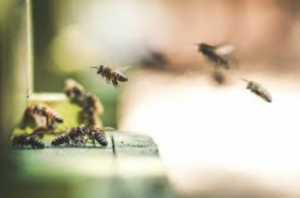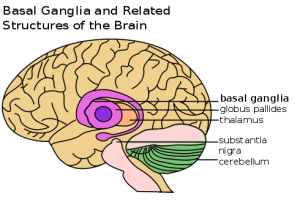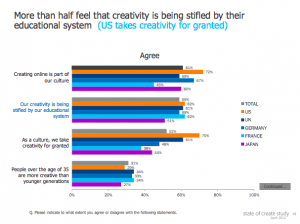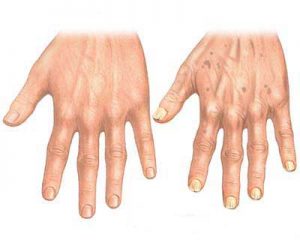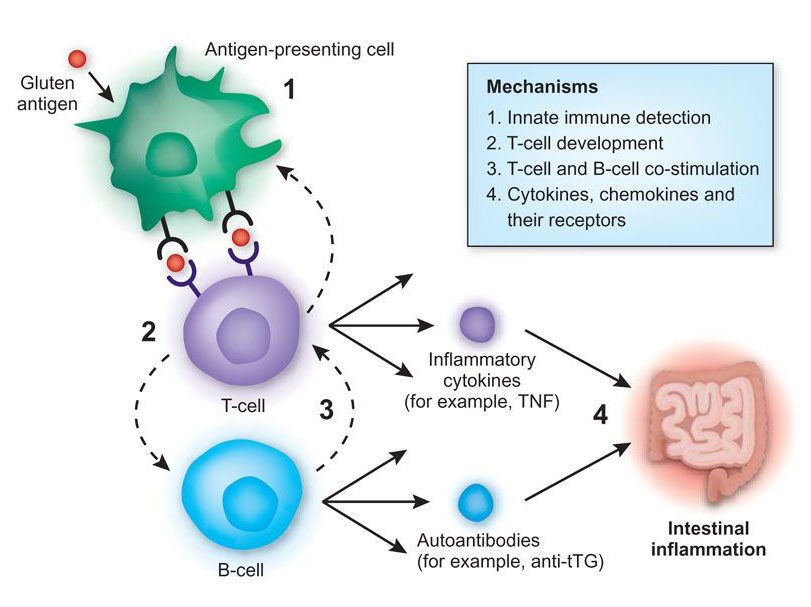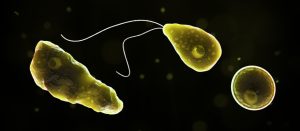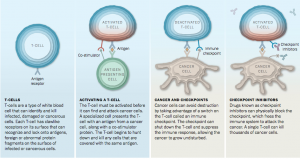Where is Barnard’s Star? What is Super-Earth?
“Barnard’s star may have a super-Earth” Source: SciNews YouTube Channel
On November 14th, 2018, astronomers claimed that a super-Earth named Barnard’s star b was discovered in one of the orbitals of Barnard’s star which is a red dwarf star. This indicates that Barnard’s star is faint and has a low mass. It is approximately six light-years away from the solar system, and it is the second closest to the Sun. A super-Earth is an extrasolar planet which has a larger mass than Earth: Barnard’s star b is 3.2 times heavier than Earth and lies in the snow region where liquid water barely exists.
Why Is this finding important?
The method used to detect Barnard’s star b is called the radial velocity method. It detects the wobbles in a star which are likely to be caused by the gravitational pull of an orbiting planet. This is because wobbles affect the light coming from the star: as it moves towards the Earth, its spectrum appears slightly shifted towards blue, and as it moves away, it is shifted to the red.
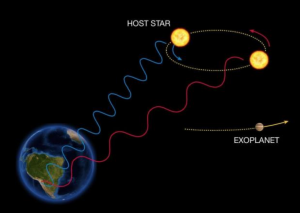
“Effect of wobbles on lights” Source: ScienceNordic
The discovery of the planet is vital because it is the first time using this technology to detect a planet having such a small size and such a long distance from its host star. This newly applied radial velocity method adds extraordinary accuracy for identification of a planet. According to Dr. Ignasi Ribas, the research team is over 99% confident that the plant does exist. In the future, however, further data collection is still needed to minimize uncertainties. In addition, the technology is useful and easy to directly observe similar planets and obtain vital info such as the properties of the planets to extend current understanding.
“Radio Velocity Method for Finding New Planets” Source: cosmos YouTube
Why do we keep searching for new planets?
Due to the explosive growth of population, we are facing the problem brought by the limitation of resource on Earth. Astronomers keep searching for new planets that are Earth-like in the hope of obtaining the signs of liquid water. Moreover, we are all curious about the answer to the question which states “Are we closer to not being alone”.

“Earth-like Exoplanets” Source: NASA
(Word Count: 360)
Olivia Zhou




